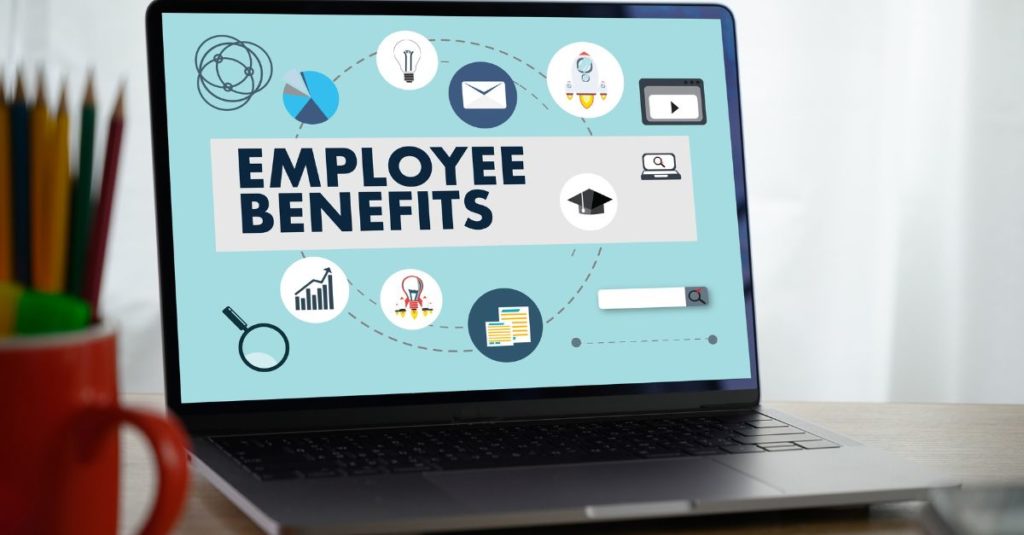28 May 2024

Starting from April 2026, HMRC is changing the way Income Tax and Class 1A National Insurance Contributions (NICs) on benefits are reported and paid. Find out what these changes are and what they mean for UK businesses.
HMRC is introducing key changes to the reporting and taxation of Benefits in Kind (BiK) that will impact both employers and employees. From April 2026, Income Tax and Class 1A National Insurance Contributions (NICs) on benefits will no longer be reported through P11D forms. Instead, employers will need to integrate these contributions directly into their payroll systems.
What are Benefits in Kind?
Benefits in Kind (sometimes known as ‘benefits’ or ‘fringe benefits’) are non-cash perks offered to employees, providing value beyond their basic salary. Common examples include company cars, gym memberships, private health insurance, and childcare vouchers. These perks play a significant role in attracting and retaining talent. Historically, BiKs have required additional reporting for businesses through the use of P11D forms every tax year.
How does payrolling benefits work?
Payrolling benefits simplifies the taxation process by including the cash equivalent of non-salary benefits directly in the employee’s payroll. This streamlines the administration process and also ensures greater transparency and efficiency in how these benefits are taxed. The changes mean that benefits are taxed through payroll, removing the need for any end-of-year adjustments.
What does this mean for employers?
By April 2026, employers will no longer need to report benefits on a P11D. Instead, they must ensure their payroll software is equipped to handle employee benefits directly. This change will require employers to use HMRC-approved PAYE payroll software that includes payroll benefits. Employers should proactively update or upgrade their payroll systems to meet the new requirements. The goal is to simplify and modernise payroll processes for businesses.
How to implement payrolling to Benefits in Kind
Payrolling benefits involve calculating the taxable value of each benefit and distributing that amount across each employee’s paychecks throughout the year. This simplifies tax matters for everyone, making it easier for both you and your employees to track and manage tax obligations.
You don’t have to wait until April 2026 to change to payrolling benefits as you can make the changes now. To get started, simply register for HMRC’s online service for payrolling benefits and expenses before the start of the tax year you want to make the switch.
Our thoughts
Payrolling benefits is a significant step towards modernising payroll practices. We encourage employers to proactively prepare and make the necessary changes before the April 2026 deadline to ensure a smooth transition.